You’ve got your visa, booked your flight, packed your baggage, and voila, you’re ready to go on your long-awaited trip to Iran. But hold on a minute! Have you withdrawn a lot of cash to bring with you?
Well, this doesn’t mean Iran is an expensive country to visit; quite the contrary, you can make a budget Iranian tour on a shoestring provided that you have a good understanding of money and costs in Iran. So why should you bring a large sum of hard cash with you to Iran? Find out in this article and read everything else you need to know about costs, currency, exchanging money, and debit cards in Iran.
Money in Iran: what a tourist must know
If you’ve already made plans to visit Iran or you’re considering a tour of Iran in the future, chances are you have no idea of everything related to money and expenses in this Middle Eastern country. In fact, every traveler needs to do some research about the foreign destination’s money-related stuff, but when it comes to Iran, things get more complicated.

Tourists need to bring enough cash with them when traveling to Iran.
Spending money in Iran is confusing for a tourist for three main reasons. First, the official unit of currency of Iran is Rial, but people almost always use Toman in everyday life. Second, international debit cards such as MasterCard and Visa Card do not work in Iran, making it necessary for foreign travelers to carry the money needed for their expenses in cash.
Finally, there are currently three exchange rates in Iran, meaning currencies are exchanged for Iranian money at different rates depending on which exchange rate is used. Spending money in Iran has other nuances as well. Keep reading for more details about money in Iran, including how to exchange money in Iran, how to bargain, the average prices, and more.
What is the Iranian currency? Toman vs Rial
The official currency of Iran is Rial (pronounced “ree-AHL”) with the ISO code IRR. However, people normally use the unofficial unit ‘Toman’ in everyday transactions. Originally borrowed from the Mongolian language in the 13th century A.D., Toman is now an informal unit of money that is equivalent to 10 IRR
For a tourist visiting Iran, this causes a lot of confusion. While the unit used on the Iranian banknotes and coins is Rial, when asking for the price of something you’ll be given the price in Tomans. For example, if you go to a supermarket to buy a bottle of water and ask how much it is, the seller will tell you that it is 1500 Tomans, meaning that you should pay 15,000 Rials.
To make matters worse, people usually omit the words ‘thousand’ and ‘million’ when talking about amounts of money or prices in the thousands or millions. So if a taxi driver tells you that the cost of a ride to your destination is 15 Tomans, he means 15,000 Tomans, which further translates to 150,000 Rials, meaning you have to give him a 100,000 and a 50,000 note.

A display window of a shoe store in Tehran with price tags showing the prices in Tomans.
Unlike in speech that prices are almost always told in Tomans, where written, they are normally denominated in Rials. So price tags in Iran are normally shown in Rials (IRR) but can sometimes be written in Tomans depending on the type of product or service and whether the context is formal or informal.
Normally, Rial is used for most manufactured supermarket products, such as beverages, packaged foods, sweets, etc., and on online shopping websites. Toman sometimes is used for price labels manually attached to shelves or handmade products. When making purchases, make sure to see if the price is in Tomans or Rials. A good idea to prevent mistakes is to learn the two Persian words in Persian alphabet: ریال is Rial and تومان is Toman.
Iranian banknotes and coins
Iranian banknotes and coins are denominated in Rials. As of the end of 2019, the most common Iranian bills and coins used by people have values of 1000, 2000, 5000, 10,000, 20,000, 50,000, 100,000, 500,000, and 1,000,000 Rials. Since the Iranian Rial is the least valued currency against the USD, banknotes are denominated in these big numbers. What follows are the images of coins and banknotes used in daily transactions in Iran.
Can I use my debit card in Iran?
No. Unfortunately, foreign debit cards and credit cards are not accepted in Iran due to international sanctions on Iran’s financial transactions. So your MasterCard and Visa Card are totally useless in Iran, unless in a few upscale stores such as carpet stores or travel agencies. This is the reason we said, at the beginning of this article, that you need to bring enough cash with you when traveling to Iran.

MasterCard and Visa Card are not accepted in Iran due to sanctions imposed on the country.
While people in Iran widely use their local debit cards to pay for almost everything (even the subway vendors have POS machines) and they are less and less willing to carry hard cash around, tourists visiting Iran can’t use their bank cards to pay for their expenses or withdraw money from the ubiquitous ATMs in Iran. That said, there is one solution to the ‘cash only’ problem for tourists.
Iran Tourist Card and Mah Card
Although you need to carry cash with you to Iran, you can convert your cash into a debit card upon arrival in the country. Some Iranian banks issue tourists with a type of prepaid debit card called Iran Tourist Card, which can be loaded with Iranian currency or common foreign currencies, including the USD and Euros.
Iran Tourist Card functions just like any other debit card in Iran and is accepted everywhere, including at any POS terminal, ATM, or for online shopping. You can either apply for an Iran Tourist Card in advance through your travel agency or request one at the airport upon arrival.
The Iranian banks that offer Iran Tourist Cards at the moment are Bank Melli Iran, Bank Pasargad, and Saman Bank. There is a Bank Melli Branch at Imam Khomeini International Airport that issues travelers with Tourist Cards in no time. The required documents are your passport and visa.
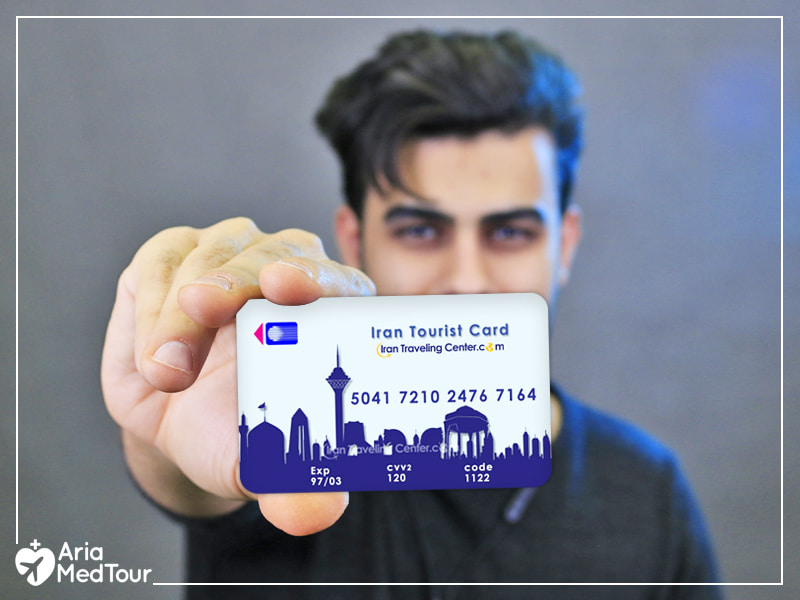
Iran Tourist Card can replace your Visa Card and MasterCard, which are not accepted in Iran.
A second alternative is Mah Card, a prepaid debit card intended for tourists. You can apply for a Mah Card in advance and once you arrive in Iran, a representative of the company (Mah Card) will meet you at your hotel to deliver your card. Learn more about how to get a Mah Card.
Note that the maximum amount of money you can deposit in your Iran Tourist Card or Mah Card is $5000 or the equivalent in other currencies. Also, these two cards are valid for the duration of your visa or at most one year after the issuance date and you cannot transfer money to them.
Money exchange in Iran
As soon as you step into the airport in Iran, you need some Iranian money. Hopefully, there are bank branches or kiosks at the airport that provide money exchanging services, where you can change your cash into Iranian currency.
We do not recommend, however, exchanging all your money at the airport except for a small amount to pay for the taxi to get into town, because, as we said above, there are different exchange rates. Currently, there are three different exchange rates in Iran: open market (free market) rate, official rate, and NIMA rate (used by Iranian exporters to convert their earnings into Iranian Rial).
The highest rate for exchanging foreign currency is the open market rate, which means that your foreign currency has more value against the Iranian currency. Make sure to check the current rate before exchanging your money. One way is to check the rates on the internet, but be aware that some websites provide the official rates and some the open market rates. For example, the rates you see on xe.com are official rates but bombast.com provides the free market exchange rates in Iran.
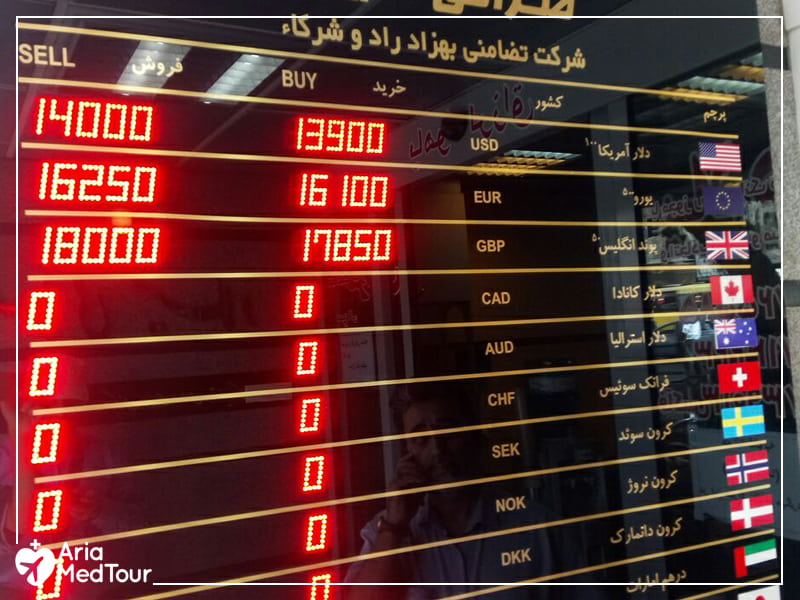
The majority of currency exchange stores in Tehran are located at Ferdowsi Square.
There are both bank kiosks and exchange shops at Imam Khomeini Airport where you can exchange money. We recommend that you exchange your money at the exchange shop, which is located in the departure hall on the second floor and offers better rates.
Once you get into town, you can exchange money at the numerous exchange shops at the best rates. In Tehran, these exchange shops, called Saraafi in Persian, are mainly located in Ferdowsi Street and have LED screens in windows showing the updated exchange rates.
What currency should I bring to Iran?
It is very important that you carry currencies that are easy to exchange in Iran. Although many of the major currencies can be converted to Iranian Rials, you may have a hard time exchanging some foreign currencies. Euro and US dollar are the two most accepted and easily changeable currencies in Iran. These currencies are even accepted directly at some hotels or upscale stores. That said, you will not have much difficulty exchanging AUD, CAD, and AED into IRR in major cities.
Costs in Iran: Is Iran expensive to travel?
The cost of travel in Iran very much depends on whether you’re on a high-end tour with all the frills or a budget tour that doesn’t include luxury hotels and meals.
Costs in Iran are moderate to low in different categories. For example, accommodation costs in Iran may be a little high compared to some South Eastern countries, but the cost of food and public transportation is quite low.
If you are traveling on a budget to Iran, for example as a backpacker, you may want to stay at a Couchsurfing member’s home instead of staying at a hotel and save much of your budget. There are also cheap hostels in most Iranian cities where you can stay at a decent price. This way, Iran is a very cheap travel destination.
On the other end of the spectrum, if you choose to stay in luxurious hotels during your stay in Iran and do not care about spending lavishly, Iran can be expensive, especially for those who want to visit different cities, because they need to travel long distances across the country.
To help you get a general idea about costs in Iran, we provide the average prices of some goods and services below.
Average hotel prices in Iran
One night stay at a hostel in Tehran: $4-$30 (depending on the number of beds in room)
Single room in a three-star hotel in Tehran: $30-$40 per night
Single room in a five-star hotel in Tehran: $50-$70 per night
Food prices
A meal at a mid-range restaurant in Tehran: $3-$10
A meal at an upscale restaurant in Tehran: $10-$30
A cup of coffee in Tehran: $1-$3
A 1.5-liter bottle of mineral water: $0.40
A glass of fresh juice: $1-$2
1 kg of apples: less than $1
1 kg of oranges: less than $1
1 kg of bananas: $1-$1.5
1 kg of pineapple: $2-$3
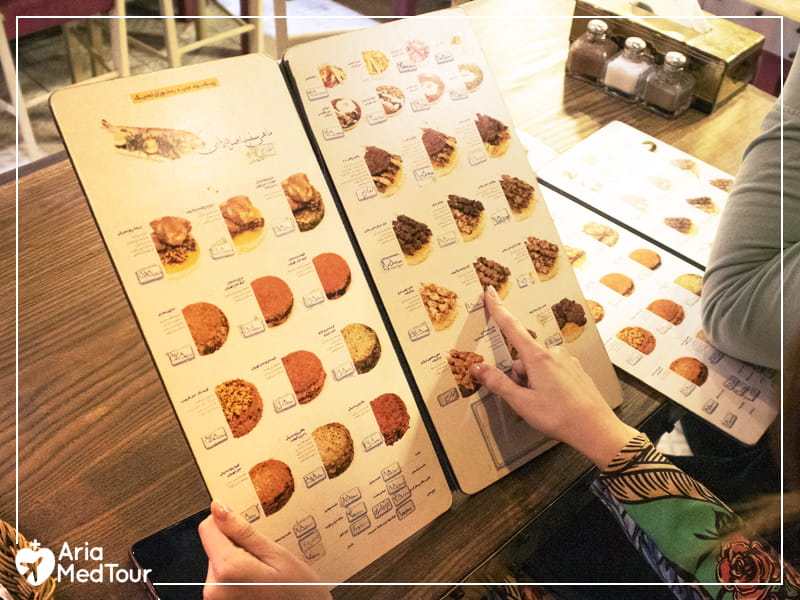
Food prices are low to moderate in Iran.
Transportation
Tehran-Esfahan, one-way bus: $4, one-way train: $6-$8, one-way flight: $20-$50
Tehran-Tabriz, one-way bus: $5, one-way train: $8-$13, one-way flight: $20-$50
Tehran-Shiraz, one-way bus: $6, one-way train: $8-$13, one-way flight: $25-$60
Average taxi rental (including online taxi services) in Tehran: $2.5
Metro and BRT bus: $0.1
Tipping in Iran
Tipping waiters and baristas is not a common practice in Iran, but in some posh restaurants and cafes, you may find a tip box for voluntary gratuities. Also, some upscale restaurants may charge a 10% gratuity in the name of a ‘service fee’.
Tipping in Iran, however, makes more sense in other contexts. For instance, tipping a hotel porter or someone who guides you through a street or helps you with your luggage is completely normal.
Ta’arof: a gesture of politeness in Iran that confuses every tourist
When giving money to someone in Iran, no matter it’s a tip or the amount you have to pay for something, the recipient may refuse it initially. Well, you shouldn’t thank him/her and put the money back in your wallet, you should insist because he/she is most probably ‘ta’arofing’.
Ta’arof is an essential part of Iranian social etiquette and can take different forms. It is a way to show politeness in certain situations. One form of ta’arof is refusing to accept money or at least saying that you don’t need to pay, though not meaning it. There is a common phrase for ta’arof in Persian: ‘qabel(i) nadareh’, meaning (it’s not a worthy thing), often uttered by sellers, taxi drivers, etc. when you ask the price or want to pay them for something.
This may sound strange and confusing for many travelers from other countries, leaving them in an uncomfortable position or a terrible misunderstanding.
Of course, not every case of turning down an offer should be taken as a mere ta’rof. Iranians are generous and hospitable and it is not uncommon to meet people in Iran who treat you to lunch or pay your taxi fare. So make sure that you don’t take it wrong. Seek help from your guide in case you’re not sure about the most appropriate way to deal with the matter.
How to shop and haggle in Iran?
Now that you know the difference between Rial and Toman and have a basic understanding of the phenomenon of ta’rof, you won’t have much difficulty shopping in Iran. However, for those of you who want to come back home with suitcases filled with Persian souvenirs, it’s crucial to know how to buy things at bargain prices or at least not to be ripped off.
First of all, it’s important to know where and when to haggle over prices. Generally, bargaining is not normal and appropriate for a wide range of goods and services that have fixed prices, such as at convenience stores, grocery stores, restaurants, coffee shops, public transportation (including fixed-route taxi cabs), etc.
The places where negotiating prices are normal in Iran are handicraft and souvenir shops, boutiques, shoe stores, knick-knack stores, and the like, especially at traditional bazaars where haggling is an essential part of life. Some of these shops may also have fixed prices. These are shops where you may be told that the prices are ‘maqtou’ (fixed) and find signs in Persian reading “FIXED PRICE”. Bargaining with taxi drivers before hiring a taxi is also acceptable, and so is with any person offering services, such as a tour guide or a landlord.

AriaMedTour’s Australian guest visiting a traditional bazaar in Tehran, accompanied by her interpreter.
It’s a good idea to have a local guide accompany you when visiting the bazaar to make sure that you won’t be treated as someone who is totally clueless about the prices. Fleecing tourists isn’t common in Iran but there is always a chance that you encounter an exploiter anywhere.
Another important thing to consider is having a basic understanding of the prices. When going out shopping, be sure to shop around. You may find an item somewhere at a certain price but a neighboring shop might sell the same product at a lower rate.
When asking the seller about the item, don’t show too much interest. After he/she gave you the price, say something like “it’s too much”, or “but I’ve found the same thing at a much lower price somewhere else.” Chances are that items with no price tags are sold at a different rate to a foreign tourist than a local. By showing no willingness to buy the item at the seller’s suggested price you imply that you are not one of those ‘Western carefree spendthrifts’.
The timing of shopping is very important as well. If you happen to be the first customer of a shop or a street vendor in the morning, the seller may give you a discount on the purchase because the first sale of the day, called ‘dasht-e avval’ in Iran, is traditionally thought to be a good omen, so they want to make you happy with a discount and have their earnings of the day blessed.
Shopping at late hours may sometimes give you a chance to pick up good bargains especially at outdoor markets where the shopkeepers have to gather up their unsold goods in the evening and carry them home.
Last but not least, don’t go too far! Shopping and haggling should not turn into a battle. The best purchase is one that makes both you and the seller happy, a win-win situation. It’s great to show off some bargaining skills when shopping but not to go up to the point of tightfistedness.
Summary
- Iran’s currency is Rial but the informal unit of money is Toman, which equals 10 Rials.
- People normally omit the words ‘thousand’ and ‘million’ when referring to amounts of money or prices. So if a pizza is 40 Tomans, it is in fact 400,000 Rials.
- Foreign credit cards are not accepted in Iran, so tourists need to bring enough cash when traveling to Iran.
- Iran Tourist Card and Mah Card are two debit cards intended for foreign tourists visiting Iran.
- There are different exchange rates in Iran. The best exchange rate for tourists who want to change their foreign currency into Iranian currency is the open market rate.
- The US dollar and the euro are the best currencies to bring to Iran. They are widely accepted and exchanged.
- Iran is not an expensive country to travel to. Hotel prices are moderate and food and transportation prices are comparatively low.
- Iranians have a cultural trait called ‘ta’arof’ which has different forms. One form is that they initially refuse to accept the money you pay them out of politeness. You should insist a little bit and they will eventually accept the money.
- Haggling is common in Iran but not at all shops and for all goods and services. It’s better to go shopping with a local guide if you’re not familiar with the language and the shopping etiquette.













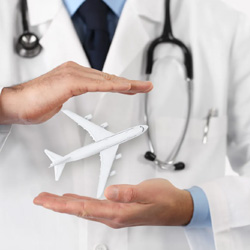
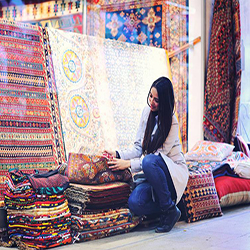

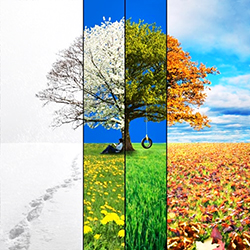


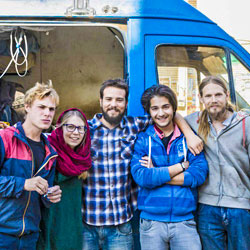

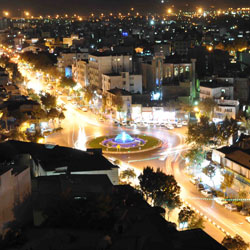
I’m planning my first trip to Iran and I’m honestly confused about money in Iran. Can you explain what currency of Iran visitors should use day to day? I’ve heard different names like toman and rial and it’s a bit overwhelming.
Hi Oliver! The official iranian currency is the Iranian rial, which is also the legal monetary unit of Iran. However, in daily conversations, prices are often quoted in tomans, which can be confusing at first. Understanding how iranian money works before traveling makes payments much easier and helps avoid misunderstandings.
I’m trying to plan my budget and wanted to ask: what currency is used in Iran for tourists? Is iran currency accepted in cash only, or can visitors use international cards? Also, is there a difference between iran money used by locals and tourists?
Hi Sofia! To answer clearly, what is the currency of Iran? It’s officially the Iranian rial, and cash is the primary form of payment. International credit and debit cards usually don’t work due to banking restrictions, so tourists need to carry cash and exchange it locally. The iran currency itself is the same for everyone but knowing exchange tips makes managing money in Iran much easier.
I’ve been reading about financial systems around the world and got interested in iranian money. Why does the iranian rial have such large numbers, and how does that affect daily spending?
Hi Daniel! The iranian rial has undergone long-term inflation, which is why prices are often expressed in large numbers. While this may seem confusing at first, locals are very accustomed to it. Learning how iranian currency values are expressed helps travelers and researchers better understand money in Iran and everyday transactions.